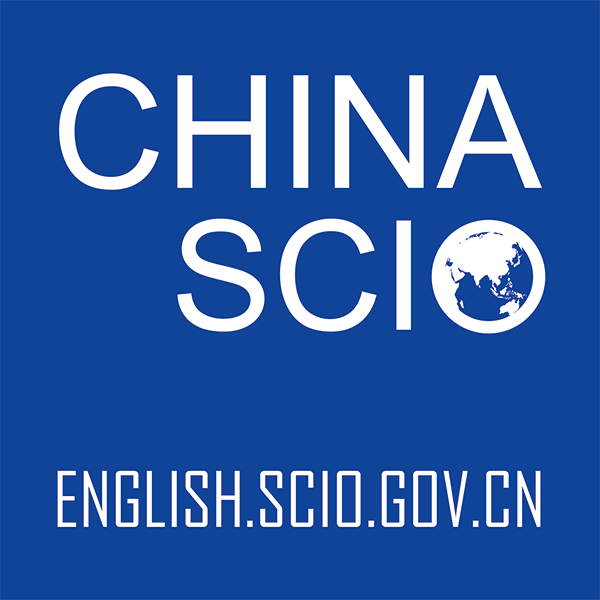


Northwest China's Xinjiang Uygur Autonomous Region has registered better-than-expected economic growth in 2020 despite the impact of COVID-19. With continued stability over the years, local people's sense of contentment and happiness has been consolidated and rural residents are among the biggest beneficiaries.

An employee works at a textile factory in Yuli County of Bayan Gol Mongolian Autonomous Prefecture, northwest China's Xinjiang Uygur Autonomous Region, Aug. 24, 2020. (Xinhua/Ding Lei)
Xinjiang's economy expanded 3.4 percent year on year in 2020, 1.1 percentage points higher than the national GDP growth, according to the local government work report delivered to the annual session of the regional legislature, which opened Monday.
The economic expansion has coincided with a period of improved, sustained stability in the region.
Xinjiang has "completely reversed the past situation marked by frequent violent terrorist activities, with no occurrence of terrorist incidents across the region over the past more than four years," said Shohrat Zakir, chairman of the regional government, as he delivered the work report.
"People of all ethnic groups have significantly increased their sense of fulfillment, happiness and security," Shohrat Zakir said.
Xinjiang will stay committed to fighting terrorism and maintaining stability with effective, law-based measures, he said.
In a historic feat, the region has eliminated absolute poverty, with some 3.06 million rural residents lifted out of poverty in the past five years.
Xinjiang sailed through three rounds of COVID-19 cluster outbreaks last year, which weighed upon the performance of one of China's main agricultural bases.
The secondary sector, including manufacturing and construction, was the primary contributor to growth. Fixed-asset investment grew 16.2 percent over the previous year.
On the upside, the region registered robust growth from new economic drivers, with a 27.6-percent year-on-year growth in online retail sales and a 25-percent year-on-year increase in high-tech manufacturing added value.
The per capita disposable income of rural residents reached 14,056 yuan (about 2,171 U.S. dollars), up 7.1 percent, as the region's anti-poverty campaign bore fruit. The increase was paced at 8.3 percent annually on average over the past five years, as more surplus rural labor force found stable jobs.
In pursuing high-quality development, Xinjiang aims to keep its average annual economic growth rate at 6 percent or above in the 2021-2025 period, driven by key engines like the labor-intensive sector, the emerging industries and tourism, according to the government work report.
Aiming to develop itself as a core area of the Silk Road Economic Belt, the region will also expand opening-up and strengthen exchanges and cooperation with neighboring countries, the report said.
Xinjiang is well known for its outstanding natural beauty, attracting hundreds of millions of tourists from home and abroad every year. The region received more than 158 million tourists in 2020, and the regional government expects to receive more than 200 million this year and 400 million by 2025.
"We've seen a tourism boom in recent years, as more people find Xinjiang a safe and beautiful place," said An Ping, a local lawmaker and owner of a two-story restaurant in Turpan, one of Xinjiang's best-known tourist destinations.
"My main wish this year is for the COVID-19 epidemic to come to an end. I believe our business will rebound to the previous boom once the tourism market heats up," An said.
